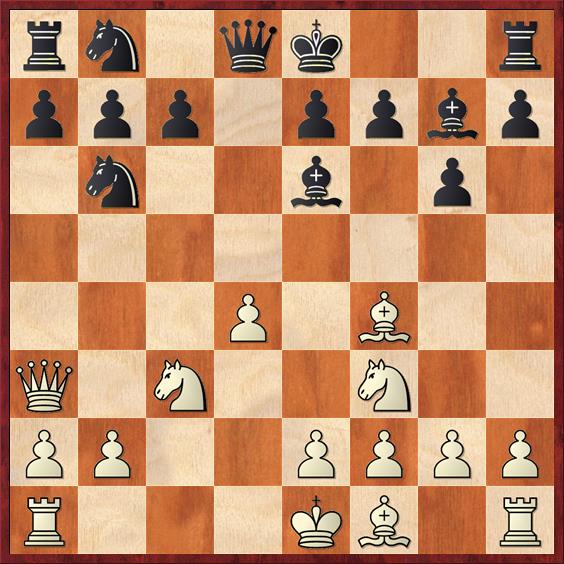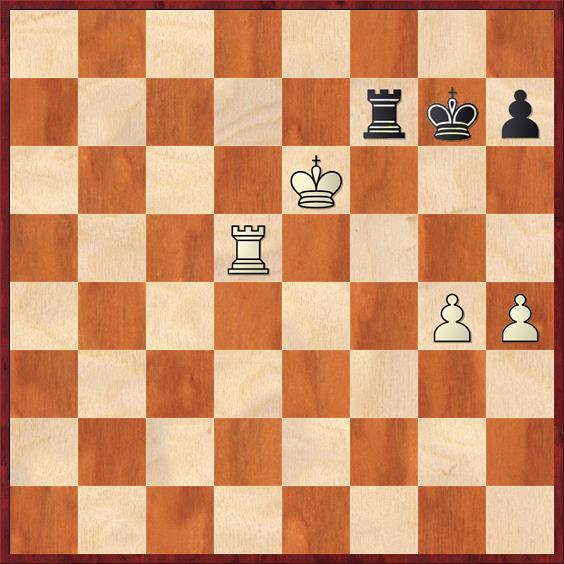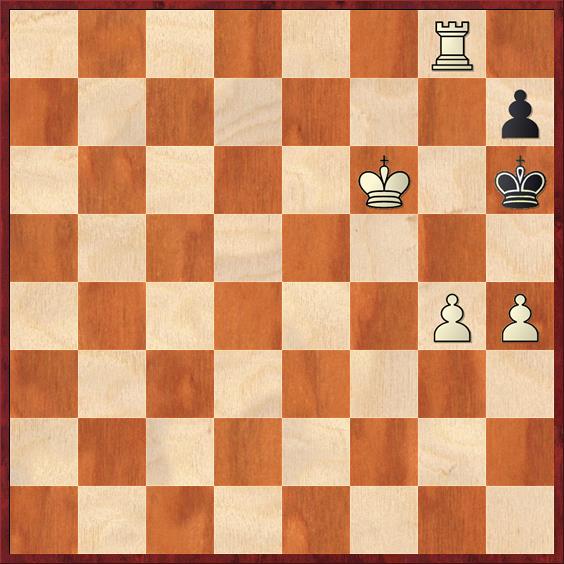There’s no question in my mind what the game of the day was on the first day of the 2015 FIDE World Cup. But first, let’s review what happened.
Even though none of my prognostications can actually go wrong on the very first day, because every player who loses gets another chance tomorrow, still there was a very troubling sign. I’m probably the only person in the world who picked #18 Leinier Dominguez as a dark horse to reach the Final Four. It looks as if I picked the wrong dark horse, because he was the highest seed to lose on the first day. He fell to #111 Federico Perez Ponsa. At least he gets White tomorrow in his attempt to even the match.
Aside from that, most of my picks fared pretty well. I was glad to see that the second-biggest upset of the day was #97 Lu Shanglei’s victory over #32 Alexander Moiseenko. That’s good, because I picked Lu to reach the third round, where he will run into #1 Veselin Topalov and go down to defeat.
Most of the American contingent did well, but two of our stars took big hits: #41 Ray Robson lost to #88 Yuri Vovk, and quite surprisingly #47 Gata Kamsky lost to #82 Hrant Melkumyan. That’s why they play the games!
The game of the day, though, was #112 Samuel Sevian’s draw against #17 Teimour Radjabov. First, just on a chess level it was a great game. Sevian showed no fear, by playing a bold pawn sacrifice on move 8 of the Grunfeld Defense:
 Position after 8. Qa3. Black to move.
Position after 8. Qa3. Black to move.
FEN: rn1qk2r/ppp1ppbp/1n2b1p1/8/3P1B2/Q1N2N2/PP2PPPP/R3KB1R b KQkq – 0 8
Here Sevian played 8. … c5!?, which had to be pre-tournament preparation. I don’t know the theory behind the move, but it’s very much in the Grunfeld’s take-no-prisoners spirit. Radjabov accepted the sac with 9. Qxc5 but then gave the pawn right back with 9. … Nc6 10. e4 Nxd4, evidently preferring not to play defense in his first game of the World Cup. So I’d say that the opening worked out very well for Sevian.
This was a microcosm of the game for Sevian, who gave up a pawn every time he was in trouble. The first two times he won the pawn back, and the third time he got to a drawn rook-and-pawn endgame. That’s when something kind of interesting happened.
 Position after 64. Ke6. Black to move.
Position after 64. Ke6. Black to move.
FEN: 8/5rkp/4K3/3R4/6PP/8/8/8 b – – 0 64
First let’s start with a quiz: What is Black’s best way to force a draw in this position? I know, there are probably lots of ways, but there is one icewater-in-your-veins move that leaves no doubt.
Answer: 64. … Rf4!, the move that Sevian played. If he doesn’t want to lose a pawn White has to play 65. Rg5+ and now Sevian played 65. … Kh6! Again, White has absolutely no way to make progress except to play 66. Rg8, and now Black draws with the cute 66. … Rf6+! A kamikaze rook! If White takes it, it’s a stalemate. If he doesn’t take it, Black can chase his king around the board forever.
So ordinarily I would expect the game to end with a handshake here, but it didn’t. At least according to the official PGN, Radjabov took the rook: 67. Kxf6, stalemate.
FEN: 6R1/7p/5K1k/8/6PP/8/8/8 b – – 0 67
To me this is the most surprising thing of all. Grandmasters rarely play a game to checkmate, but they especially rarely play to stalemate. Because what’s the point? You can keep on playing to checkmate if you honestly believe your opponent might miss the mate-in-one. But in the case of stalemate, your opponent has nothing to miss! He has no legal moves! You have gained absolutely nothing and you cannot conceivably gain anything by playing the stalemate move.
Unless…
Unless there is something at stake that goes beyond the chessboard.
Now maybe I’m reading too much into this, but consider this. Teimour Radjabov is from Azerbaijan, the host country, and he is in fact the highest-rated Azerbaijani. There must be tons of pressure on him to do well. But there’s more to it. Azerbaijan and Armenia are mortal enemies. They’ve gone to war in the past. Azerbaijan has refused to play matches against Armenia in the past. And Samuel Sevian is… well… To us he’s an American. But in the Eastern Hemisphere blood runs deep, and everybody in Azerbaijan knows that Samuel is Armenian by descent.
There aren’t any other Armenia vs. Azerbaijan matches scheduled at the World Cup. Unless somebody pulls an upset (which is, of course, always possible), this is the closest thing we’ll get. Radjabov could play Armenia’s Levon Aronian in the semifinals, but that would require Aronian to get past Deng and Radjabov to get past Svidler and Topalov. Unless and until that happens, I think that the highest-pressure match that Radjabov will play in this tournament is the one against Sevian. If he loses it will be a national disaster.
That’s why I think Radjabov played the stalemating move, 70. Kxf6. I think he did not want under any circumstances to offer or agree to a draw. I think he actually wanted the symbolic “victory” of being a rook ahead in the final position.
It’s amazing how one move can give you insight into the psychology of the match. With Radjabov under such pressure and Sevian presumably under no pressure at all, I think it’s quite possible that Radjabov could crack. Sevian is a very cool customer. I will be very interested to see what happens next.
P.S. Why don’t we have a symbol for stalemate? We have a symbol for checkmate, in fact three of them (# and x and ++). But the only way to indicate stalemate is just to write out the word. I would like to propose my old friend, the pilcrow (§), to symbolize stalemate. [Correction 9/12/15: Sorry, I confused the pilcrow ¶ and the section symbol §.] It even looks like a stylized letter “S.” So the last move of Radjabov-Sevian was 70. Kxf6§.




{ 3 comments… read them below or add one }
I would have used “++” to denote double check.
I feel like I see GMs play out to bare kings pretty often, even in top-level tournaments. I don’t know if it’s for the spectators or to just put a stamp of finality on it or what. Anyway, I see making the stalemate-causing move as being in that vein, and I wouldn’t have thought twice about trying to find some special reason behind it.
Korchnoi played through to a stalemate in a WC game against Karpov.